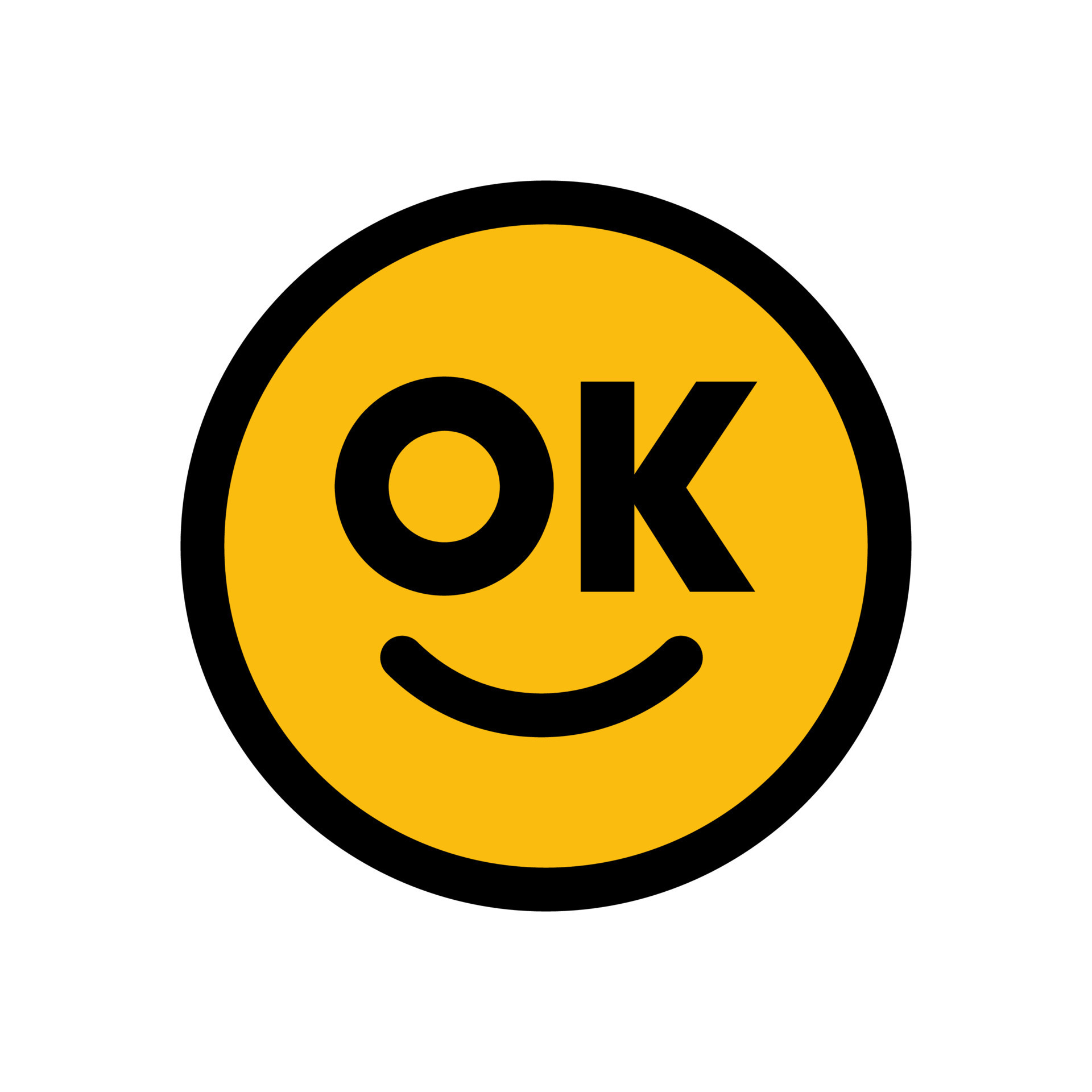Ok Nature Boy - What's That Bird Then
There is something rather special about those moments when someone points to a rustle in the leaves or a flutter in the sky and asks, with a genuine spark of interest, about the creature making itself known. It's a question that, in a way, invites us to pause, to truly observe, and to connect with the world around us. This simple query often opens up a conversation about the smaller wonders that share our spaces, you know, the ones we might sometimes overlook in our busy routines.
That common expression, often used to signal agreement or simply to acknowledge something, takes on a different kind of warmth when paired with a direct question about nature. It sets a comfortable tone, a feeling of shared curiosity, almost as if saying, "Tell me more, because I'm ready to listen." It suggests a friendly exchange between someone eager to learn and someone who might just have a deep well of knowledge about the living things that surround us, like a person often called a "nature boy" for their connection to the wild.
This kind of exchange, where casual talk meets a deep appreciation for the natural world, is actually pretty powerful. It's how we start to notice the intricate details of a bird's plumage or the unique melody of its call. It’s a journey of discovery, really, that can take us from a fleeting moment of wonder to a fuller appreciation of the life that thrives just outside our door, or perhaps, far beyond it.
- Moisturized Unbothered Meme
- Melek Azad Ifsa
- Debora Rebeca Video Original X
- Ava Nicks Public
- Sunnie Bunnie Xo
Table of Contents
- Seán Ronayne - A Life Connected to Birdsong
- What Does That Everyday Word Mean for a Nature Lover?
- Connecting with Feathered Friends
- How Can We Help Our Local Birds Thrive?
- The Echoes of "Nature Boy" in Our Culture
- Is There a True "Nature Boy" Among Us?
- Finding Calmness in the Wild
- Making Bird Observation Accessible
Seán Ronayne - A Life Connected to Birdsong
There are some people, you know, whose connection to the natural world runs particularly deep, shaping their entire path. Seán Ronayne, for instance, is one such person, whose life story seems to be intertwined with the calls and movements of winged creatures. Born in Cork, he was, as a matter of fact, a child full of energy, a bit restless, perhaps. His father, a very important figure in his early years, would take him out to watch birds, teaching him to tell one bird song from another. This early exposure, this gentle guidance, seems to have planted a seed, giving him a lasting interest in the feathered inhabitants of our planet.
When he was in school, Seán was a shy boy, a quiet observer rather than someone who sought the spotlight. It was in the quiet moments, listening to the world outside, that he found a sense of peace. The sounds of birds, the rustle of leaves, the vastness of the outdoors, these were the things that gave him comfort and a place where he truly felt he belonged. This deep personal connection to nature has, in fact, carried through into his adult life, influencing his work and his public appearances.
He has shared his experiences and knowledge on several popular shows, including the Tommy Tiernan Show and the Blindboy Podcast, bringing his unique perspective to a wider audience. His first book, titled "Nature Boy," received significant recognition, winning Irish Biography of the Year in 2024. It was also considered for the overall Irish Book award, which is a pretty big deal, honestly. This recognition shows just how much his personal story and his work resonate with people, inviting them to look a little closer at the natural world around them.
Personal Details and Bio Data
| Name | Seán Ronayne |
| Birthplace | Cork, Ireland |
| Childhood Temperament | Hyperactive, later described as shy |
| Early Influence | Father introduced him to birdwatching and bird songs |
| Notable Works | "Nature Boy" (Book) |
| Awards | Irish Biography of the Year 2024 (for "Nature Boy") |
| Appearances | Tommy Tiernan Show, Blindboy Podcast, A Note for Nature |
| Current Mission (as of 2021) | Sound recording all regularly occurring bird species in Ireland |
What Does That Everyday Word Mean for a Nature Lover?
That widely used expression, the one that sounds like "oh kay," is a common part of daily talk. It's a word that, in some respects, carries a lot of different meanings, depending on how you say it or the situation you're in. It can mean you agree with something, or that you accept a suggestion, or simply that something is good enough. You might use it to ask if something is acceptable, or to show that you're fine with a plan, you know, like when someone asks if you're ready to go and you respond with that familiar sound.
For many years, the true beginnings of this expression, which is now heard in languages across the globe, were a bit of a mystery. People had all sorts of ideas about where it came from and what it first meant. But regardless of its history, it's become a really versatile piece of language. It can be used in casual chats or in more formal written pieces, always conveying a sense of agreement or approval. It's pretty much the same whether you use the full spelling or the shorter version, both get the point across.
The Simple "Nature Boy" Greeting
When someone says, "that widely used term, nature boy, what's that bird then," it’s more than just a question; it's a friendly invitation. It’s a way of saying, "I trust your knowledge, and I'm interested in what you have to share about this natural wonder." This casual way of speaking sets a comfortable scene, allowing for a deeper conversation to unfold about the natural world without any stiffness. It’s an acknowledgement that you've heard what someone said, and you're ready to engage with the topic they've brought up, especially when it involves something as captivating as a bird.
Consider a situation where a woman out walking with a companion asks him to identify a bird they've spotted. He might use his phone, perhaps a device like a Samsung Galaxy Z Fold6, to help figure out what kind of bird it is. He might then share some interesting details, like identifying it as a finch and mentioning that these birds, you know, often provide seeds to females as a way of showing care, a kind of bonding ritual. This kind of exchange, sparked by a simple question, truly shows how everyday words can open doors to fascinating bits of information about the living world around us.
Connecting with Feathered Friends
Birds are, in fact, all around us, adding so much to our daily lives with their songs and their movements. Getting to know them, to truly connect with these feathered creatures, can be a really rewarding experience. It’s not just about spotting them; it’s about understanding their habits, their needs, and how we can best support them. For instance, if you want to attract more birds to your yard, picking out the right kind of food is quite important. You should choose bird feed that is made specifically for what they need to eat, as this helps keep the bird populations in your area healthier and more numerous.
There's a common belief, for example, that giving bread to birds is a good idea. However, many people who study birds suggest that this isn't the best choice for their diet. Bread often lacks the nutrients they need and can even be harmful to them if consumed in large amounts. So, while the thought might be kind, it’s always better to stick to food sources that truly benefit their well-being, ensuring they get the proper nourishment for their busy lives. This small act of choosing the right food can make a pretty big difference for our local bird communities, you know.
What's That Bird Then - A Common Curiosity
The question, "what's that bird then," is a really common one, showing a natural human interest in the creatures that fly above us. It's a curiosity that often leads to moments of discovery, whether you're out on a quiet path or simply looking out your window. When someone asks this, it’s an invitation to share knowledge, to identify the bird, and perhaps even to tell a story about it. It’s a way of turning a fleeting glimpse into a moment of learning, a chance to appreciate the diverse types of birds that share our planet.
Identifying birds can be a fun challenge, and these days, we have some pretty neat tools to help us out. Like that situation with the woman and her hiking companion, where he used his phone to identify the finch. Technology can, in a way, make it easier for anyone to become a bit of a bird expert, right there in the moment. It bridges the gap between simple curiosity and actual knowledge, helping us to learn more about the world around us with just a few taps on a screen. This makes birdwatching more accessible to everyone, which is really quite a good thing.
How Can We Help Our Local Birds Thrive?
Supporting bird populations goes beyond just putting out the right kind of food; it involves bigger efforts to protect their homes and ensure their future. Organizations like eBird, for instance, play a very important part in this. They take information about bird sightings, submitted by people like you and me, and turn it into valuable data for science and for conservation efforts. This means that every time someone reports seeing a bird, they are contributing to a larger picture that helps researchers understand bird movements, populations, and needs. It’s a pretty simple way to help, actually, and it makes a real difference.
Through platforms like eBird, you can plan outings to look for birds, find out where specific types of birds have been seen, keep track of your own lists of birds you've spotted, and even explore maps that show where birds live and how they move during different times of the year. All of these tools are available at no cost, which makes it easy for anyone to get involved in bird observation and contribute to a bigger cause. It’s a collective effort, you know, where many small contributions add up to a significant impact on protecting these creatures.
Supporting the "Nature Boy" Ethos
The spirit of the "nature boy" is all about a deep connection to the natural world and a desire to protect it. This ethos extends to practical ways we can support our local environments and the creatures within them. For example, your contributions, even small ones, can truly make a positive change for entire communities, helping to fund conservation projects or create safe places for wildlife. It's about recognizing that we are all connected to the environment and that our actions, both big and small, have an impact.
Places like Mohawk Park, which was established in 1927 as a nature area, show how dedicated spaces can become important havens for bird life. This large park, covering 2800 acres, has been known for a long time for the variety of birds that call it home. Within its boundaries, you can find a golf course and bodies of water like Lake Yahola, all existing within a space that prioritizes nature. Such places offer birds safe places to live and feed, and they also give people opportunities to observe and appreciate the natural world, reinforcing that "nature boy" connection.
The Echoes of "Nature Boy" in Our Culture
The idea of a "nature boy" – someone deeply connected to the natural world, perhaps a little mysterious or wise – has found its way into various parts of our culture, from music to stories. One very well-known example is the song "Nature Boy," which was first recorded by the American jazz singer Nat King Cole. It was put out as a single by Capitol Records in March of 1948, and it later appeared on his album from 1961. This song, with its dreamy melody and thoughtful words, truly captures the essence of a wanderer who has learned much from the world around him.
The lyrics speak of a "very strange enchanted boy" who traveled far and wide, over land and sea. He was described as a little shy, with a sad look in his eyes, but also as someone who held a great deal of wisdom. This portrayal resonates with the image of someone who finds solace and understanding not in human crowds, but in the quiet observation of the world. It suggests that true wisdom often comes from experiencing the vastness of nature and from connecting with its rhythms, you know, in a way that goes beyond everyday understanding.
The Song and the Story of the "Nature Boy"
Beyond the famous song, the concept of a "nature boy" or "bird boy" also appears in other stories, showing how this archetype continues to inspire. For instance, there’s a character named Nico who, before he knew it, became known as "bird boy." At first, he might have been different, but then he started making friends, one by one,



Detail Author:
- Name : Giovanna Dooley
- Username : kennedy58
- Email : gskiles@yahoo.com
- Birthdate : 1997-04-02
- Address : 46317 Genoveva Knolls Abshireburgh, MN 84992
- Phone : (430) 682-2219
- Company : Bernhard, Mitchell and Farrell
- Job : Personal Financial Advisor
- Bio : Praesentium a enim consectetur iste dolore. Voluptas quod nemo numquam. Rerum est exercitationem ipsam occaecati. Voluptas omnis facilis optio nulla.
Socials
instagram:
- url : https://instagram.com/kbotsford
- username : kbotsford
- bio : Dolor asperiores alias aperiam quisquam. Quia ab quo est delectus corporis quidem enim.
- followers : 5994
- following : 907
tiktok:
- url : https://tiktok.com/@botsford2006
- username : botsford2006
- bio : Ut rerum velit ut aut. Necessitatibus nam doloribus sint possimus quae.
- followers : 1023
- following : 561
twitter:
- url : https://twitter.com/karianebotsford
- username : karianebotsford
- bio : Officia ut qui eveniet. Cupiditate aut facere quo voluptatem. Aut perferendis repellat quos laudantium quibusdam quisquam voluptas non.
- followers : 5986
- following : 2091
linkedin:
- url : https://linkedin.com/in/kbotsford
- username : kbotsford
- bio : Odio iste quam animi tempora dolores qui.
- followers : 4965
- following : 1915
facebook:
- url : https://facebook.com/botsford2009
- username : botsford2009
- bio : Et nesciunt omnis sint quibusdam dolore error. Hic qui molestias a aut.
- followers : 3253
- following : 1612